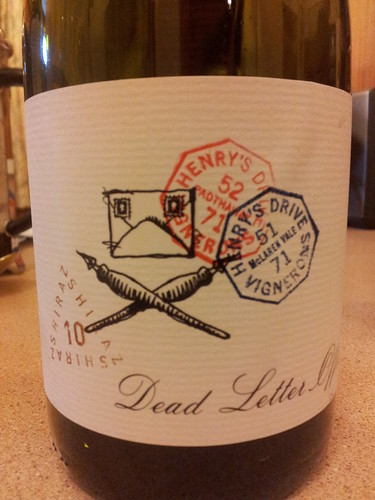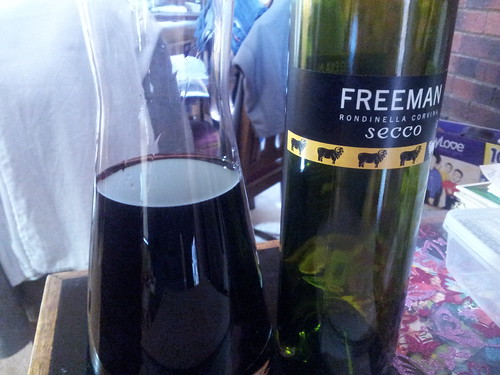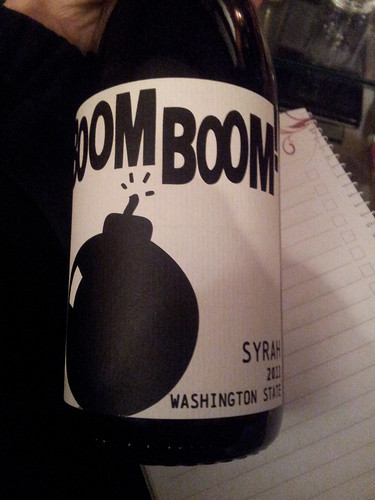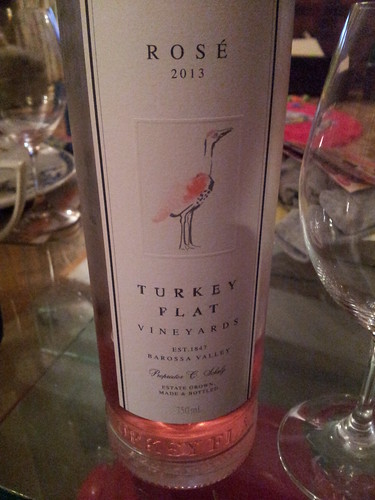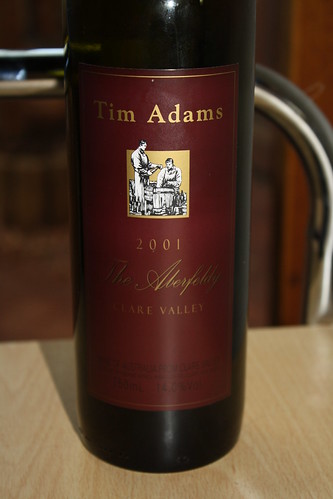One of the perks of my gig at (the sadly now defunct) Sumptuous was the lovely selection of wines I got to taste. While I did have input in the theme of the wines, and I did get to make suggestions as to wines to taste, there was always at least one wine I didn’t pick. Which I thought was great, because it was a surprise. And I’m also inherently pretty lazy. When it comes to dining out, the shorter the menu, the better. If it comes as a set menu – result. Set menu with matching wines – double result. I don’t have to make any decisions!
So I was pretty happy to visit my GPO box and find two bottles from Henry’s Drive. Henry’s Drive is based in Padthaway (Limestone Coast), in the south eastern corner of South Australia. It’s not a brand I’d come across before so I came to both bottles with no preconceptions.
Henry’s Drive has the bulk of its vineyards in Padthaway, with just 30 acres in McLaren Vale. The fruit for this Shiraz is sourced from both regions: an almost even split in this release, the scales just tipping slightly in favour of McLaren Vale (55:45).
In the glass the wine was intense. Ruby red in colour, with a pronounced nose showing black plum, spice, licorice and tar. There was also a hint of vegetal character.
This black fruit dominance carried through onto the palate but there was also vanilla, spice and a touch of black pepper on the back palate. The wine had a lovely savoury finish with an aniseed/licorice kick to it. The wine had a good level of acidity and soft tannins that provided weight and structure but weren’t drying. The tannins, alcohol and fruit were all very well integrated, making this a well balanced and easy to drink wine. It might be 14.5% alcohol but you wouldn’t know it. While this is lovely to drink now, you don’t need to be in a hurry to drink it either.
Although this was a sample, the RRP is $25. If I’d paid $25 for it I’d have been pretty happy. The internet suggests that you may be lucky and able to find it under $20, in which case you’d be even happier.
This wine was a sample.
Screwcap.
14.5% abv.
